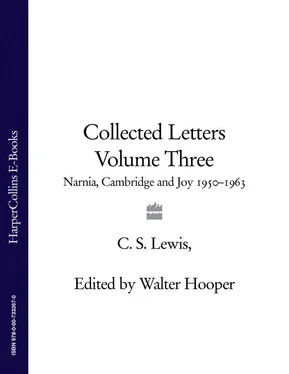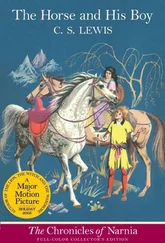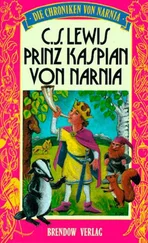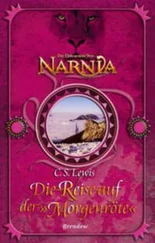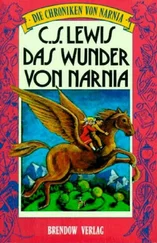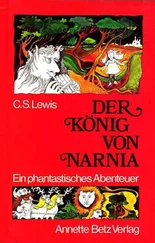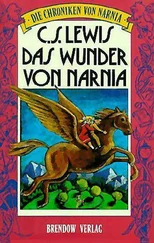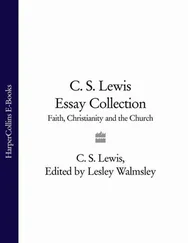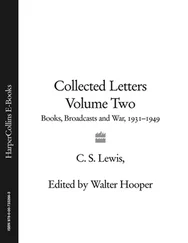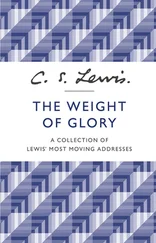78These reflections were to be repeated the following year in Lewis’s inaugural lecture at Cambridge, ‘De Descriptione Temporum: ‘It is hard to have patience with those Jeremiahs, in Press or pulpit, who warn us that we are “relapsing into Paganism”. It might be rather fun if we were. It would be pleasant to see some future Prime Minister trying to kill a large and lively milk-white bull in Westminster Hall. But we shan’t. What lurks behind such idle prophecies, if they are anything but careless language, is the false idea that the historical process allows mere reversal; that Europe can come out of Christianity “by the same door as in she went” and find herself back where she was. It is not what happens. A post-Christian man is not a Pagan; you might as well think that a married woman recovers her virginity by divorce. The post-Christian is cut off from the Christian past and therefore doubly from the Pagan past’ (SLE , p. 10). See ‘A Cliché Came Out of Its Cage’, CP , p. 17, which begins: ‘You said “The world is going back to Paganism”. Oh bright Vision!’
79i.e., the tale which was eventually to be titled The Horse and His Boy .
80 P. Vergili Maronis: Opera , ed. Frederick Arthur Hirtzel (Oxford: Clarendon Press, 1900), p. [iii]: ‘Eager to correct what they consider errors, they more often trample upon the most delicate flowers of the Muses.’
81Delirium tremens.
82Shakespeare, Hamlet , III, iv, 140: ‘My pulse, as yours, doth temperately keep time.’
83Michael was an American schoolboy.
84In her letter to Lewis of 18 March, Gebbert wrote: ‘A physical condition…caused my mind to wander and speculate for too long now, and recently drove me to a doctor. He told me in no uncertain terms that my husband and I can expect an heir or heiress in a month or two! And all along I had been blaming everything on seasickness!’ (Bodleian Library, MS. Facs. c. 47, fol. 238).
85Lewis ends SBJ , ch. 12, ‘Guns and Good Company’ with these same words.
86In her letter of 18 March Gebbert continued: ‘I was so dismayed at the doctor’s diagnosis that, for a moment, I wished it had not happened–that I was not going to have a child. I know I was guilty of the lowest form of ignorance: fear, and that night, as I was dining alone in my library, my eyes fell upon the Bible I keep open on the table. It had been open to Psalms for several days-1 had been reading them off and on and had not turned or disturbed the pages in any way. Nor had anyone else . This night, then, as I glanced from the food to the Book, I saw and read the verse: “Shall I bring to the birth, and not cause to bring forth? saith the Lord: shall I cause to bring forth, and shut the womb? saith thy God.” Isaiah, Chap. 66, Verse 9. How did the pages get turned from Psalms? And by whom? In such ways, at times, do we receive the miracle of His rebuke, His admonition, His comfort, and the workings of His plan? Am I wrong to take the words I read as a rebuke? Am I wrong in assuming my eye fell on the chapter and verse it was supposed to?’ (Bodleian Library, MS. Facs. c. 47, fol. 238).
87Matthew 10:29: Are not two sparrows sold for a farthing? And one of them shall not fall on the ground without your Father.’
88 The Screwtape Letters (London: Bles, 1942; Fount, 1998), Letter 27, pp. 106-7: ‘If you tried to explain to [the Patient] that men’s prayers today are one of the innumerable co-ordinates with which the Enemy [God] harmonizes the weather of tomorrow, he would reply that then the Enemy always knew men were going to make those prayers and, if so, they did not pray freely but were predestined to do so…What he ought to say, of course, is obvious to us; that the problem of adapting the particular weather to the particular prayers is merely the appearance, at two points in his temporal mode of perception, of the total problem of adapting the whole spiritual universe to the whole corporeal universe; that creation in its entirety operates at every point of space and time, or rather that their kind of consciousness forces them to encounter the whole, self-consistent creative act as a series of successive events.’
89Chang had sent Lewis his translation of a Chinese allegory to read.
90‘model of Christ’.
91 The Great Divorce , Preface, p. 5: ‘It was a wonderful vehicle, blazing with golden light, heraldically coloured. The Driver himself seemed full of light and he used only one hand to drive with. The other he waved before his face as if to fan away the greasy steam of the rain.’ Cf. The Comedy of Dante Alighieri the Florentine: Cántica I Hell L’Inferno , trans. Dorothy L. Sayers (London: Penguin, 1949), IX, 82: ‘His left hand, moving, fanned away the gross/Air from his face, nor elsewise did he seem/At all to find the way laborious.’
92 The Great Divorce , ch. 12, cf. Dante, Purgatorio , XXX.
93i.e., Ludovico Ariosto, Orlando Furioso .
94See the discussion of David Lindsay’s A Voyage to Arcturus (1920) in CL II, pp. 440, 541, 630, 753.
95A vast French prose romance of the fourteenth century, in which the anonymous author sought to link the legends of Alexander the Great and King Arthur.
96Old French.
97The story of Balin, or Balain, is recounted in the Old French Suite du Merlin and in Malory’s Morte dArthur . Balin and Balan are tragic brothers who, despite their nobility, wind up killing each other.
98John Francis Gilfedder (1925-), musician, was born in Melbourne, Australia, on 27 January 1925. After studying medicine, he began composing music in 1948. In 1951-2 he studied composition with Benjamin Frankel and Raymond Jones in England, and it was in 1952 that he met Lewis. On returning to Australia, he studied at the University of Melbourne and graduated with a Bachelor of Music degree in 1958. This was followed by a Dip. Ed. in 1959, and a B. Ed. in 1962, also from the University of Melbourne. Gilfedder was employed by the Victorian Education Department, 1953-69, before taking up a position at the Queensland Conservatorium of Music in 1970. His works include The Timeless Land Symphony , which had its premiere in 2002.
99Gilfedder suggested Lewis provide a glossary of obscure terms to go with the Arthurian poems of Charles Williams, Taliessin Through Logres and The Region of the Summer Stars .
100A Religious of CSMV (Sister Penelope), The Coming of the Lord: A Study in the Creed (London: Mowbray, 1953; 2nd impression, 1954).
101Lewis was reading the typescript of the book; the page numbers of the typescript differ from those in the published book which are the ones given below.
102ibid., ch. 8, p. 48: ‘When a smith says of a sword, “It is finished,” he means that it is ready to be used. Only when it has served its purpose and has no longer any raison d’être , does the end of a thing mean its ceasing to exist. The two Ends that our Lord is seeing in St. Mark xiii exactly illustrate this difference. The End of the Temple was the destruction of the Temple, because the type was no longer needed when the thing typified, the New Humanity, had come. But when Man comes to his End, he will be finished in the sense of being ready, at last, for the purpose for which he was made.’
103ibid., ch. 6, pp. 34-5: ‘Except for the saying of John the Baptist, “He that hath the bride is the bridegroom,” the bride is never mentioned in the Gospels. Why? Surely because she did not yet exist, because the New Eve had yet to be created, as the Fathers loved to say, out of the pierced side of the Second Adam on the Cross. Later in the New Testament St. Paul, in Ephesians v.22 ff., uses the husband and wife analogy for the relation between Christ and His Church, but does not expressly name her either wife or bride. In the Apocalypse, however, right to the end she is only the bride, the wife to be. For the Church is not yet wholly one with Christ, as man was one with God before the Fall; and the consummation of “the marriage of the Lamb” with the bride of His own redeeming and remaking is itself the consummation for which the whole creation waits.’
Читать дальше
